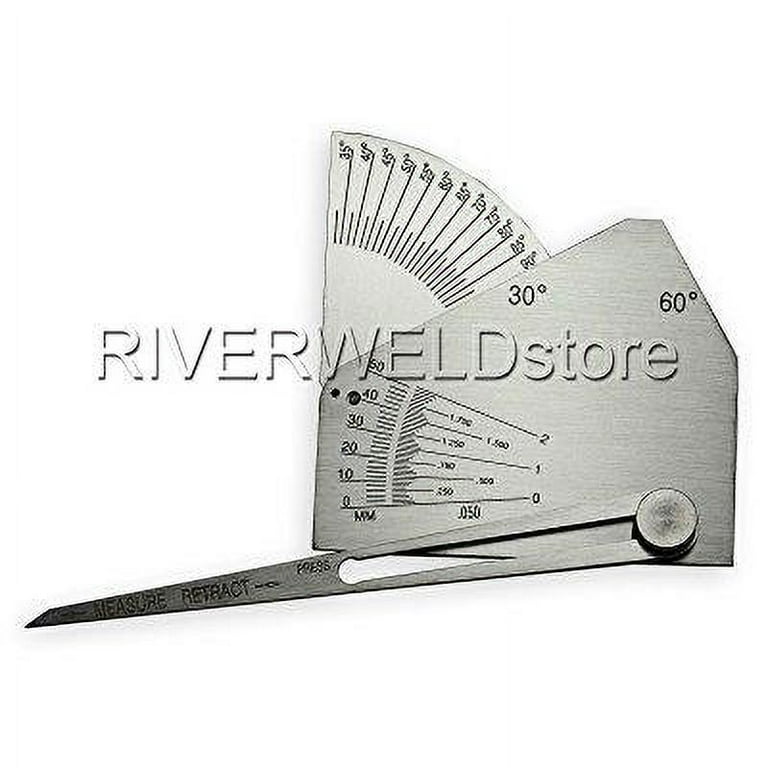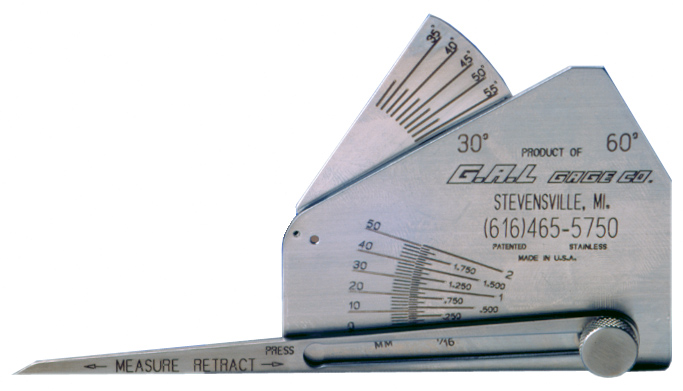How to Accomplish Accuracy with Gauge Fillet Welds in Your Jobs
How to Accomplish Accuracy with Gauge Fillet Welds in Your Jobs
Blog Article
The Ultimate Guide to Fillet Weld Quality Assurance: Guaranteeing Strength and Longevity in Your Welded Joints
In the world of welding, making certain the stamina and resilience of fillet welds is critical for the integrity of welded joints. The quality assurance actions executed throughout the welding process can dramatically affect the architectural stability of the end product. From the choice of suitable products to the precise examination of welds, each step plays a vital role in figuring out the total high quality of the weld joint. As we embark on this exploration of fillet weld high quality control, we will certainly uncover necessary factors that influence weld toughness, delve into efficient inspection methods, and go over strategies for avoiding typical weld issues. Stay tuned to find how mastering these methods can elevate the sturdiness and integrity of your bonded joints.
Importance of Fillet Weld Quality Assurance
Ensuring proper fillet weld quality control is extremely important in assuring the architectural honesty and durability of welded elements in various industries. Fillet welds are generally used in architectural steelwork, bridges, stress vessels, pipes, and other vital facilities where the strength of the weld is crucial to total safety and security and efficiency. Quality control measures such as aesthetic examinations, non-destructive screening, and adherence to welding treatments aid determine prospective defects like absence of blend, insufficient infiltration, undercutting, or excessive support.
Trick Elements Influencing Weld Stamina
Achieving ideal weld strength needs careful factor to consider of various crucial factors that affect the integrity and longevity of the welded joint. The initial essential variable is proper joint prep work, which involves cleaning up the base steels to eliminate any kind of contaminants that might damage the weld. In addition, the fit-up of the joint is important to ensure correct infiltration and combination of the filler material.
The choice of the ideal welding technique and specifications additionally plays a considerable function in establishing weld strength. Aspects such as warmth input, travel speed, and electrode angle can affect the top quality of the weld. Moreover, preserving the right interpass temperature level during multi-pass welding is important to avoid fracturing and ensure a strong bond between the layers.
Moreover, the option of filler product and its compatibility with the base steels is vital for attaining high weld toughness. Making use of filler product with the ideal mechanical homes can improve the general stability of the weld. Finally, post-weld warm treatment and appropriate evaluation techniques are necessary steps in guaranteeing the toughness and durability of the bonded joint.
Assessment Techniques for Weld Integrity

One more critical inspection method is liquid penetrant testing, where a liquid dye is related to the weld surface - Gauge Fillet Weld. The dye seeps into any type of surface-breaking flaws, making them noticeable under UV light. This approach works for identifying flaws that might not be noticeable to the naked eye


Ultrasonic testing is additionally commonly made use of for checking weld integrity. High-frequency noise waves are directed into the weld, and any kind of interruptions in the acoustic wave pattern indicate prospective problems like fractures or absence of fusion.
These examination methods play a crucial role in making sure the top quality and reliability of welds, inevitably adding to the general toughness and resilience of welded joints in commercial setups.
Avoiding Usual Weld Defects
In order to maintain the architectural honesty of welded joints in industrial applications, it is vital to implement precautionary procedures to resolve common weld problems. One typical issue is absence of fusion, where the filler material stops working to bond appropriately with the base metals, resulting in weak areas in the weld. This can be prevented by making sure correct heat control and using the appropriate welding method.
One more regular problem is porosity, created by gas entrapment in the weld steel throughout the welding procedure. To avoid this, it is necessary to clean the base metals thoroughly, use dry electrodes, and maintain a suitable welding environment with proper ventilation.
Additionally, cracks in welds can compromise the joint's toughness. To avoid this issue, it is very important to manage the cooling rate after welding, use pre-heating when essential, and pick ideal welding specifications.
Enhancing Weld Sturdiness With Appropriate Techniques
To bolster the longevity and integrity of bonded structures, employing innovative welding strategies is necessary. One vital technique to enhance weld durability is to ensure correct weld bead placement. By placing the weld bead accurately within the joint, the weld's toughness and resistance to tiredness can be considerably boosted. In addition, using the correct welding criteria, such as voltage, present, and take a trip speed, is important for attaining a long lasting weld. These parameters straight impact the weld's infiltration, combination, and total top quality, adding to its longevity.
Picking the appropriate filler steel and ensuring the cleanliness of the base metals can avoid additions and various other flaws that can endanger the weld's longevity. By implementing these proper techniques, welders can ensure that their welded joints exhibit remarkable strength and resilience, meeting the highest quality criteria.
Verdict
In verdict, keeping top quality control requirements for fillet welds is important for guaranteeing the strength discover this and resilience of welded joints. By recognizing the key factors impacting weld stamina, utilizing examination approaches for weld stability, avoiding common weld issues, and utilizing proper strategies, welders can improve the overall durability of their welds. click this It is essential to focus on quality assurance measures to generate long-lasting and trustworthy welded joints.
In the world of welding, guaranteeing the strength and toughness of fillet welds is critical for the honesty of welded joints. As we get started on this exploration of fillet weld top quality control, we will reveal vital variables that influence weld toughness, dig right into effective evaluation approaches, and go over methods for stopping typical weld flaws.Accomplishing optimal weld strength needs careful consideration of numerous key aspects that affect the integrity and toughness of the bonded joint (Gauge Fillet Weld).In conclusion, maintaining high top quality control standards for fillet welds is important for making certain the strength and sturdiness of bonded joints. By recognizing the key elements influencing weld toughness, utilizing evaluation techniques for weld honesty, protecting against common weld problems, and utilizing appropriate strategies, welders can boost the total resilience of their welds
Report this page